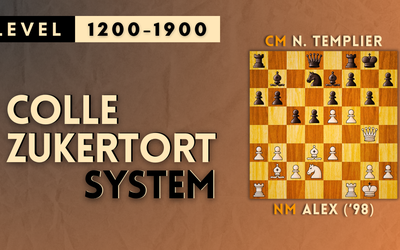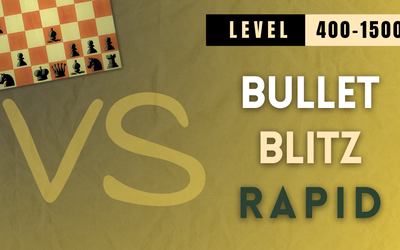
Aleksandar Randjelovic
French Defense: Advance Variation (for Black)
Can you attack (with Black) in the Advance Variation of the French Defense?I was interested in making the French Defense and the Advance Variation easy to learn and simple to play with Black. Focusing on strategy, rarely seen ideas, and my own experience playing the French Defense, I present to you a line featuring an early Nge7 move (which still doesn't have a name)!
It is practical, it doesn't require too much of memorization, and works well at all levels. It allows you to enjoy your middlegame positions, often providing a chance to attack White on the kingside instead of being defensive!
I guess the question you may be asking is: why 5...Nge7 and not one of the two main moves - 5...Qb6 or 5...Bd7? Answering that question would require another video and a whole article, but these two reasons are good enough for me:
(1) Our Queen is sometimes better on d8!
The difference I find important is that in the line starting with 5...Qb6, you can't always achieve what we want after White eventually takes our knight on f5 (with their d3-Bishop). We don't always want our Queen on b6 after playing e6xf5. For example, if we want to support our g7-g5 afterward, our Queen may be needed on d8. So, for that purpose alone, we don't want our Queen to be on b6.
(2) White can't play the The Milner-Barry Gambit!
This updated gambit is becoming a real nightmare for Black lately, and some really strong players now have it in their repertoire against the French Defense. If you play 5...Bd7 or 5...Qb6, the gambit is possible, but in the case of 5...Nge7, there is no way that White can use its ideas. It simply transposes to the main line presented in this video.
Understanding things here is not so much related to the pawn structure, even though Black's plan revolves around doubling their own pawns on the f-file, placing bishops on e7 and e6, and considering either g7-g5 and f5-f4 or seizing the initiative on the queenside. Overall, Black's position is flexible, and their plans are simpler to conduct and understand than what we see from the perspective of White.
I have narrowed down to one or two possible lines in each of the three paths White can take, so you don't get too confused with the concrete moves. I think plans and ideas that are typically used by Black can be seen through those main lines, and you don't need to know more than that to play this opening decently.



